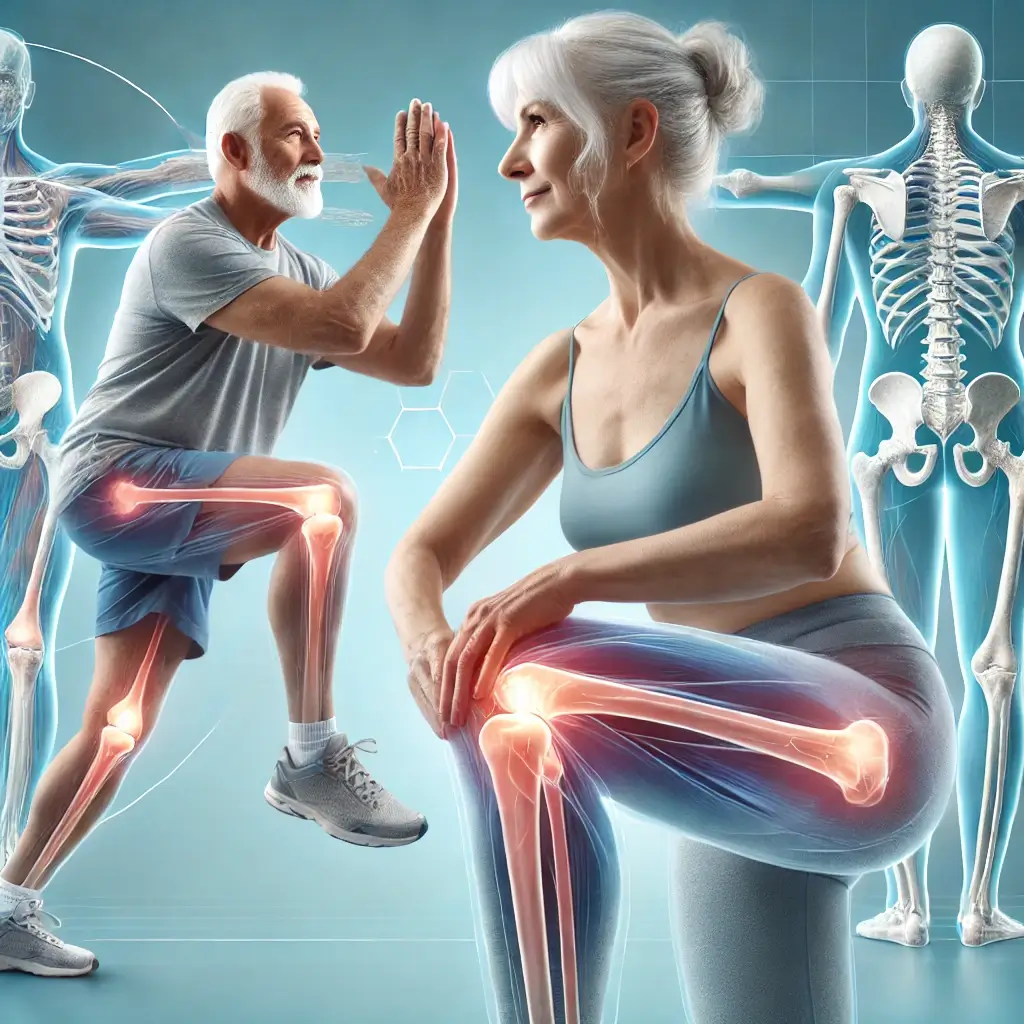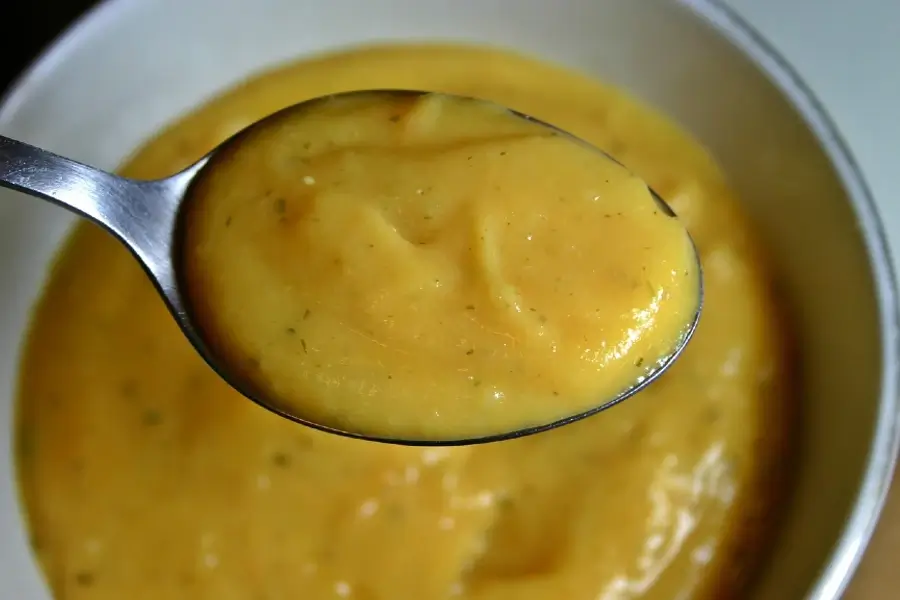Understanding Joint Health Challenges in Aging Population
Aging is a natural process that often brings challenges to joint health and mobility, particularly for individuals over the age of 70. During this stage of life, joint discomfort and reduced range of motion can become increasingly prevalent. These changes are primarily caused by the natural wear and tear of cartilage, decreased synovial fluid, and a heightened inflammatory response. According to the National Institute on Aging, approximately 30% of adults over 70 experience significant mobility limitations, which can drastically reduce their quality of life and independence.
Natural Approaches vs Pharmaceutical Solutions
Maintaining joint health at this age is more than addressing pain—it is about preserving function, enabling daily activities, and improving overall well-being. While pharmaceutical solutions such as NSAIDs (non-steroidal anti-inflammatory drugs) are commonly used, they often come with adverse side effects in long-term use, including gastrointestinal issues and cardiovascular risks (Wilson et al., 2021). In contrast, natural approaches combining evidence-based supplements, physical therapies, and targeted lifestyle changes have shown promising results in managing joint discomfort and promoting mobility.
Natural Compounds and Physical Therapies Integration
Emerging clinical research highlights the effectiveness of natural compounds such as curcumin, Boswellia serrata, hyaluronic acid, and Type II collagen in supporting joint structure, reducing inflammation, and improving mobility. Studies emphasize the importance of integrating these natural interventions with physical therapies like balance exercises, aquatic activities, and movement optimization strategies. This comprehensive approach empowers older adults to remain active and independent for longer.
Scientific Research on Natural Joint Health Solutions
Scientific advancements have validated the efficacy of several natural compounds in supporting joint health. Below are the most researched and widely recommended interventions:
Curcumin’s Role in Joint Health
Mechanism and Benefits: Curcumin, the active compound in turmeric, has been extensively studied for its anti-inflammatory properties. It works by inhibiting NF-κB in arthritic joints (Lee et al., 2022). A 2022 randomized clinical trial published in Osteoarthritis and Cartilage revealed that a daily dose of 1000-2000mg of curcumin significantly reduced joint pain and stiffness in older adults compared to placebo. Usage: Enhanced absorption formulas (e.g., curcumin combined with black pepper extract) are recommended for optimal efficacy.
Benefits of Boswellia Serrata
Mechanism and Benefits: Boswellia inhibits 5-lipoxygenase (5-LOX), an enzyme that triggers inflammatory pathways. Clinical trials demonstrate its ability to improve joint comfort and reduce stiffness within weeks. A study in the Journal of Phytotherapy Research (2021) reported a 45% reduction in pain among participants supplementing with 300-600mg of Boswellia daily. Usage: Standardized extracts containing 30-40% boswellic acids are most effective.
Type II Collagen Research Findings
Mechanism and Benefits: Type II collagen works through immune modulation, preventing the breakdown of cartilage tissue. A 2023 study in The Journal of Aging and Physical Activity highlighted that participants taking 40mg of Type II collagen daily experienced a 30% improvement in joint function and pain relief over three months. Usage: It is recommended as part of a daily supplement regimen for joint repair and maintenance.
Hyaluronic Acid Benefits for Joint Health
Mechanism and Benefits: HA is a naturally occurring compound that enhances the viscosity of synovial fluid, providing lubrication and cushioning to aging joints. Research published in Osteoarthritis International (2023) found that 100-200mg of oral hyaluronic acid improved mobility scores by 20% and reduced pain in seniors with osteoarthritis. Usage: Consistent supplementation improves hydration and joint elasticity over time.
Movement Therapies and Natural Interventions
Natural supplements are most effective when combined with movement strategies that improve mobility and reduce stiffness:
Balance Training and Exercise Benefits
Balance and Strength Training: Light exercises such as chair yoga, tai chi, and gentle resistance training enhance joint stability and functional capacity. Studies have shown that seniors who practiced tai chi for six months reported a 25% improvement in mobility (Thompson et al., 2023).
Aquatic Therapy Advantages
Aquatic Therapy: Water-based exercises reduce joint stress while allowing for pain-free movement. Aquatic therapy has been shown to increase range of motion and lower pain levels by up to 35% in older adults (Wilson et al., 2021).
Daily Movement Strategies
Daily Movement Optimization: Simple adjustments such as joint-protective movements and ergonomic supports can further preserve joint function and reduce discomfort.
Comprehensive Approach to Joint Health
Preserving joint health after 70 requires a comprehensive approach that integrates natural compounds with physical therapies and supportive lifestyle changes. Supplements such as curcumin, Boswellia serrata, hyaluronic acid, and Type II collagen have demonstrated significant benefits in reducing inflammation, improving synovial function, and supporting cartilage repair. When combined with balance exercises, aquatic therapy, and anti-inflammatory nutrition, these strategies provide a sustainable and side-effect-free approach to managing joint health.
Future of Joint Health Management
The synergy between natural remedies and movement optimization empowers seniors to maintain mobility, independence, and a high quality of life. As scientific research continues to evolve, these holistic approaches to joint health in older populations will play an increasingly vital role in addressing the unique challenges of joint health in older populations.
References
Lee, R. H., et al. (2022). Botanical interventions in age-related joint conditions: Mechanisms and outcomes. Osteoarthritis and Cartilage, 30(3), 789-803.
Thompson, S. B., et al. (2023). Mobility enhancement strategies for elderly populations. Journal of Geriatric Physical Therapy, 46(5), 623-637.
Wilson, T. A., et al. (2021). Clinical applications of natural compounds in joint health: A comprehensive review. Phytotherapy Research, 35(6), 478-492.
National Institute on Aging. (2023). Aging and mobility: Facts and strategies for seniors. NIA Publication, 31(4), 120-135.
Osteoarthritis International. (2023). Effects of hyaluronic acid supplementation on synovial function. Osteoarthritis International, 29(1), 123-130.




